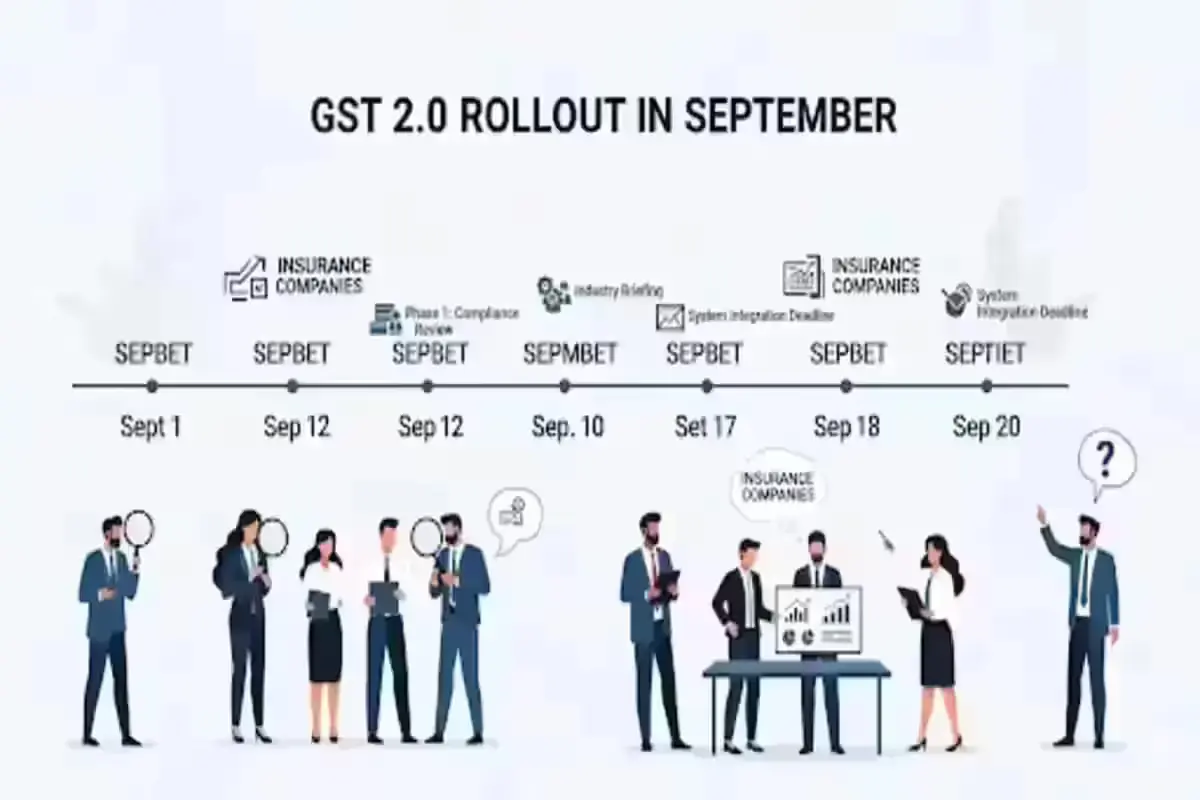GST 2.0: What It Means for Health Insurance and Policyholders
The rollout of GST 2.0 has sparked a fresh round of discussion in the insurance sector. While the reform aims to streamline tax processes, it also leaves health insurers grappling with input tax credit losses. To balance the impact, companies may look at raising policy tariffs by 3–5%. For policyholders, this could mean higher annual premiums, even if the changes are gradual.
About GST 2.0
At its core, GST 2.0 is designed as a refined version of India’s Goods and Services Tax system. The event marks a shift toward simplification, but it also reduces the ability of service providers to claim certain tax credits. For insurers, that translates into higher operating costs, which they are unlikely to absorb entirely.
Impact on Health Insurance Prices
 The biggest headline is that health insurance is likely to get costlier. Insurers have signaled that tariffs could move up by 3–5%. For a policyholder paying ₹20,000 annually, this translates into an increase of ₹600 to ₹1,000 per year. The hike may not feel immediate, but when you compare multiple policies across providers, the rise becomes noticeable.
The biggest headline is that health insurance is likely to get costlier. Insurers have signaled that tariffs could move up by 3–5%. For a policyholder paying ₹20,000 annually, this translates into an increase of ₹600 to ₹1,000 per year. The hike may not feel immediate, but when you compare multiple policies across providers, the rise becomes noticeable.
Comparison of Offers and Services
Some insurers may use this moment to adjust their offers and services. While tariffs go up, companies might roll out bundled services or wellness add-ons to justify the price increase. From free health check-ups to tele-consultation services, the market could see insurers repositioning their policies to maintain appeal even as costs climb.
Announcements and Industry News
In industry news, early indications are clear: tariff adjustments are expected. While no specific ticket prices or product launches are tied directly to GST 2.0 yet, the overall financial model of health insurers is being recalculated. Analysts believe the sector will balance between cost hikes and value-added features.
Timeline and Live Developments
 The GST 2.0 rollout is live in September, and insurers are actively assessing its effect. Pricing committees are reviewing policy structures, with announcements expected gradually over the next quarter. For policyholders, the changes might show up during the next renewal cycle.
The GST 2.0 rollout is live in September, and insurers are actively assessing its effect. Pricing committees are reviewing policy structures, with announcements expected gradually over the next quarter. For policyholders, the changes might show up during the next renewal cycle.
Disclaimer
This article is a general discussion of GST 2.0 and its potential impact on health insurance. It is not financial advice. Policyholders are encouraged to review their own plans and consult their insurer for precise tariff changes.
Final Thoughts
For everyday policyholders, GST 2.0 means paying closer attention to renewal notices and comparing options carefully. A 3–5% tariff hike isn’t dramatic, but over time, it can add up. The smart approach is to stay updated on insurer announcements and look for policies that balance cost with value-added services.

